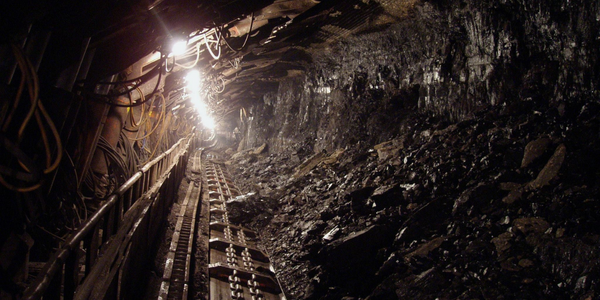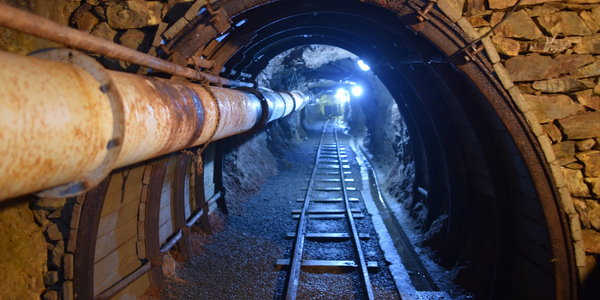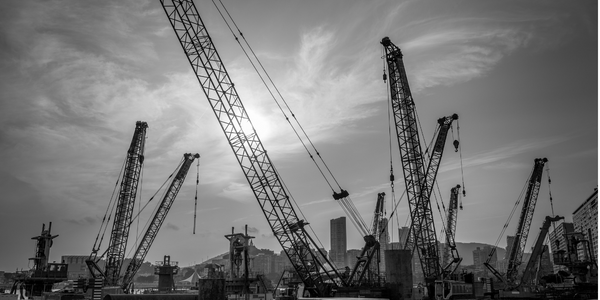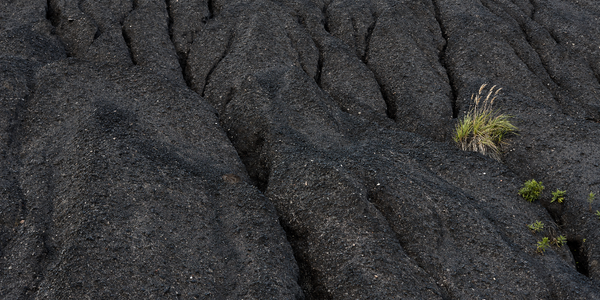Product
- Actian Vectorwise
- GDD Field Data Integrator
Tech Stack
- Bluetooth
- Database Management
Impact Metrics
- Productivity Improvements
- Digital Expertise
Technology Category
- Platform as a Service (PaaS) - Data Management Platforms
Applicable Industries
- Mining
Applicable Functions
- Discrete Manufacturing
- Product Research & Development
Use Cases
- Predictive Maintenance
- Remote Asset Management
Services
- Data Science Services
- System Integration
About The Customer
Geological Data Design (GDD) is a specialist in the collection, management, and analysis of exploration and mining data. They provide an end-to-end mining and exploration solution that makes working with large volumes of resources data faster and simpler. Their solution, the Field Data Integrator, combines best-of-breed technologies for collecting, managing, and analyzing data more rapidly. This enables geologists to collect samples in shorter time frames and then quickly analyze large volumes of sample data.
The Challenge
Geological Data Design (GDD) was facing the challenge of efficiently collecting, managing, and analyzing large volumes of exploration and mining data. The data collected during the day from various field instruments, GPS, and cameras often integrated into a very large database, in some cases hundreds of millions or even billions of records. This made it difficult for geologists to quickly analyze large volumes of sample data for complex scenarios such as project timings, cash flows, and profitability with greater sensitivity levels.
The Solution
GDD selected the record-breaking analytical database Vectorwise to power their Field Data Integrator. The Field Data Integrator automatically synchronizes sample data from various field instruments, GPS, and cameras onto a 'tough' tablet using Bluetooth. Geologists enter notes directly onto the tablet using on-screen or wireless keyboards, enabling all data on samples to be collected automatically into a single source. The tablet then automatically synchronizes with a master database running Vectorwise whenever in mobile range, saving geologists time in manual data entry. GDD chose the Vectorwise database for its ability to deliver significantly faster analysis of this data on commodity hardware.
Operational Impact

Case Study missing?
Start adding your own!
Register with your work email and create a new case study profile for your business.
Related Case Studies.

Case Study
Underground Mining Safety
The goal was to produce a safety system to monitor and support underground mining operations; existing systems were either too simple (i.e. phone line) or overly complex and expensive, inhibiting deployment, and providing little-to-no support in event of an accident. Given the dangerous nature of the mining work environment and the strict regulations placed on the industry, the solution would have to comply with Mine Safety and Health Administration (MSHA) regulations. Yet the product needed to allow for simple deployment to truly be a groundbreaking solution - increasing miner safety and changing daily operations for the better.

Case Study
Mining Firm Quadruples Production, with Internet of Everything
Dundee Precious Metal’s flagship mine, in Chelopech, Bulgaria, produces a gold, copper, and silver concentrate set a goal to increase production by 30%. Dundee wanted to increase production quality and output without increasing headcount and resources, improve miner safety, and minimize cost.

Case Study
Fastenal Builds the Future of Manufacturing with MachineMetrics
Fastenal's objective was to better understand their machine downtime, utilization, quality issues, and to embrace cutting-edge manufacturing technology/process improvement capabilities to bring their team to the next level. However, there was a lack of real-time data, visualization, and actionable insights made this transition impossible.

Case Study
Joy Mining Systems
Joy equipment faces many challenges. The first is machine integration and control. The business end of the machine has a rapidly-spinning cylinder with 6-inch diamond-studded cutting teeth. It chews through rock at rates measured in tens of tons per minute. The system grinds through the rock in front, creating a rectangular mine tunnel. Hydraulic lifters support the ceiling as the machine moves forward. Automated drills and screws drive 3-ft long screws into the ceiling to stabilize it. The rock and coal fall into a set of gathering "fingers" below the cutting cylinder. These fingers scoop up the rock and coal and deposit it onto a conveyor belt. The conveyor passes under the machine and out the back. A train of conveyor belt cars, up to a mile long, follows the cutter into the mine. The rock shoots along this train at over 400 feet per minute until it empties into rail cars at the end. Current systems place an operator cage next to the cutter. Choking dust (potentially explosive), the risk of collapse and the proximity of metal and rock mayhem make the operator cage a hazardous location.

Case Study
Improved Monitoring in Industrial Manufacturing Facility
When your crane is moving tons of magma-hot iron, you can’t afford an unexpected failure. McWane Ductile knew monitoring the crane motor metrics within their facility could help prevent a mechanical failure that would strand an enormous bucket of molten metal overhead. Unfortunately, their legacy wired monitoring system couldn’t work with moving objects in this extreme environment. If they could integrate wireless capabilities into their existing equipment they could extend their monitoring capabilities without starting over from scratch.








